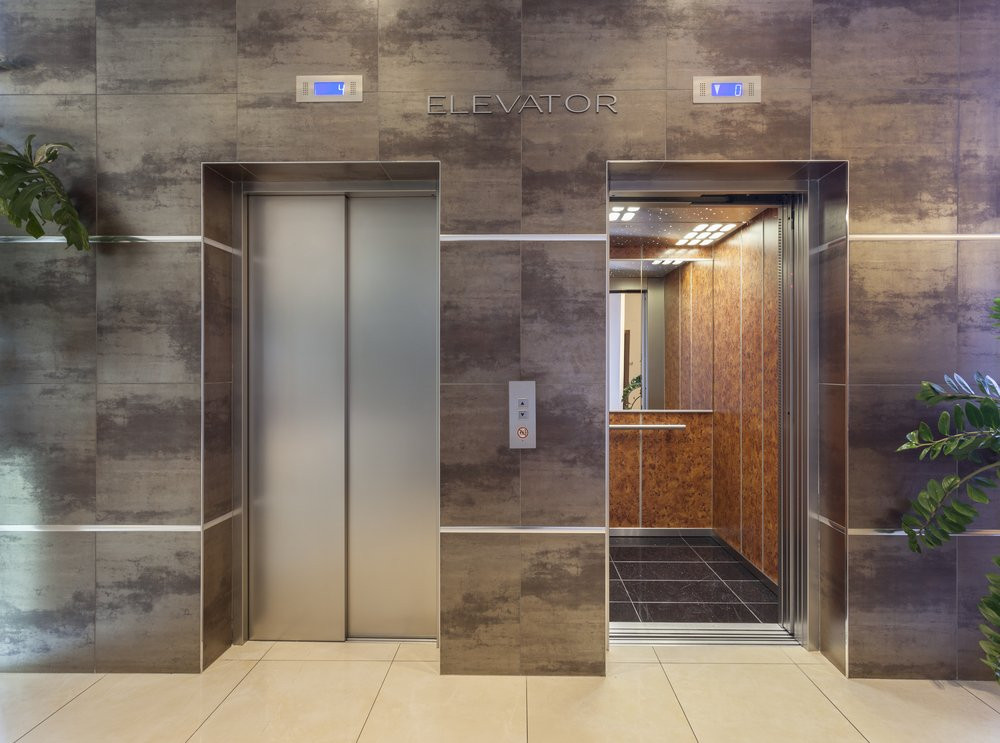What Lies Ahead for Elevator Technology in the Future
Much of the discussion surrounding the future of lift design technology has focused on vertical complexes and the challenges and potential solutions they offer. People will pay close attention to the materials and technologies utilised in future lifts. This is because, unless you believe in science fiction, the appearance of elevators in the future will be drastically different. Despite the city's constant activity, a subtle transformation is taking place in commercial real estate.
One indicator of what's to come is the rise of intelligent smart lifts. These cutting-edge innovations are altering the way we navigate high-rise office buildings by making previously impossible promises of greater efficiency, sustainability, and safety. The advent of smart elevators is altering the very fabric of the city's environs, creating opportunities and challenges that developers, builders, and renters have never faced before.
Think about a world where lifts can sense when we're about to arrive and take us to our destinations quickly and efficiently, all while reducing the amount of energy that the system uses. Potentially opening new vistas, these ingenious vertical transportation devices may soon make traditional lifts obsolete.
But despite everyone's excitement, many questions remain unresolved. Can we expect these innovations to truly transform the B2B real estate market? Can a lift really become smart? Curiously, these innovations influence architectural plans, such as the well-known scissor ramp. As we go into an exciting investigation into the future of commercial buildings equipped with smart lifts, we invite you to accompany us on this fascinating journey that unveils a fascinating link between technology and urban infrastructure.
In this blog, we will discuss some of the most innovative lift designs of the future, including some that are less well-known but are rather revolutionary.
Lifts That Go in Different Directions
While building vertically is a practical way to accommodate the increasing need for housing and places of employment, building horizontally will allow us to address many of the neglected locations. Underground construction necessitates extensive horizontal mobility due to the limitations of drilling into the earth's crust. Lifts need to be able to pivot sideways to provide access to horizontal and vertical movement. In 2017, the team at ThyssenKrupp started working on a horizontal-travelling lift that uses magnetic levitation, like Maglev trains. In 2023, this technology is expected to be installed in Berlin's EDGE Eastside Side Tower.
Leading the Way in Elevator Services and More with Deltron Lifts
The elevator company in UAE is well-known for providing first-rate services in elevator maintenance, repair, installation, and refurbishment. They have extensive experience in many types of elevators, including those for passengers and goods. The unwavering commitment to offering services all day, every day is one of Deltron Lifts' distinctive selling factors. Their extensive background working with both local and international lift manufacturers showcase their adaptability and agility.
Hands-Free Operation
Keeping the surfaces of public lift enclosures clean has been an absolute must since the COVID-19 pandemic. This is because lifts in public or commercial buildings attract a diverse range of people, and it is impossible to predict who among them could be harbouring the coronavirus. This is why some newer elevators eliminate the need to physically touch the panels to access the landing of your choice in favour of digital panels located outside the lift cab or an app on your smartphone.
Consequently, the latter will direct you to the correct lift based on the current traffic conditions. The doors will open themselves as soon as you step within the designated area for the trip. Some lift systems additionally consider control panels located towards the bottom of the lift wall panel. As an alternative to manually inserting the floor number, these panels allow you to punch it in.
Artificial Intelligence
The usage of AI and ML is ubiquitous in electromechanical systems. Consequently, the use of these advancements in user-elevator interactions is expected to grow. The facilities manager and lift maintenance engineer will also benefit from AI and ML in the long run through intelligent traffic and routing tracking, automatically scheduled repairs, and alarms when specific subsystems overheat or get overloaded. Elevator maintenance companies and individuals responsible for implementing lift design regulations should breathe a sigh of relief as these methods will make lift certification and inspection more straightforward and predictable.
Resources to Come
The legendary Marina Bay Sands condo complex was built in 2010 using ultra rope, which consists of a carbon fibre core wrapped in a high-friction material. Laminate, mirror, or stainless-steel panels are used in the inside cabin designs of modern lifts. Use of resources that are resistant to wear and tear as well as fire is mandated by several modern safety laws.
To further reduce their environmental impact, travellator design firms will increasingly use cross-laminated timber protected from heat and moisture by robust metal coatings. Premier Lift Cabs and similar professional industrial load testing services can help you avoid unnecessary stress by reducing expenses and keeping projects on track. Call now for a no-cost consultation.



